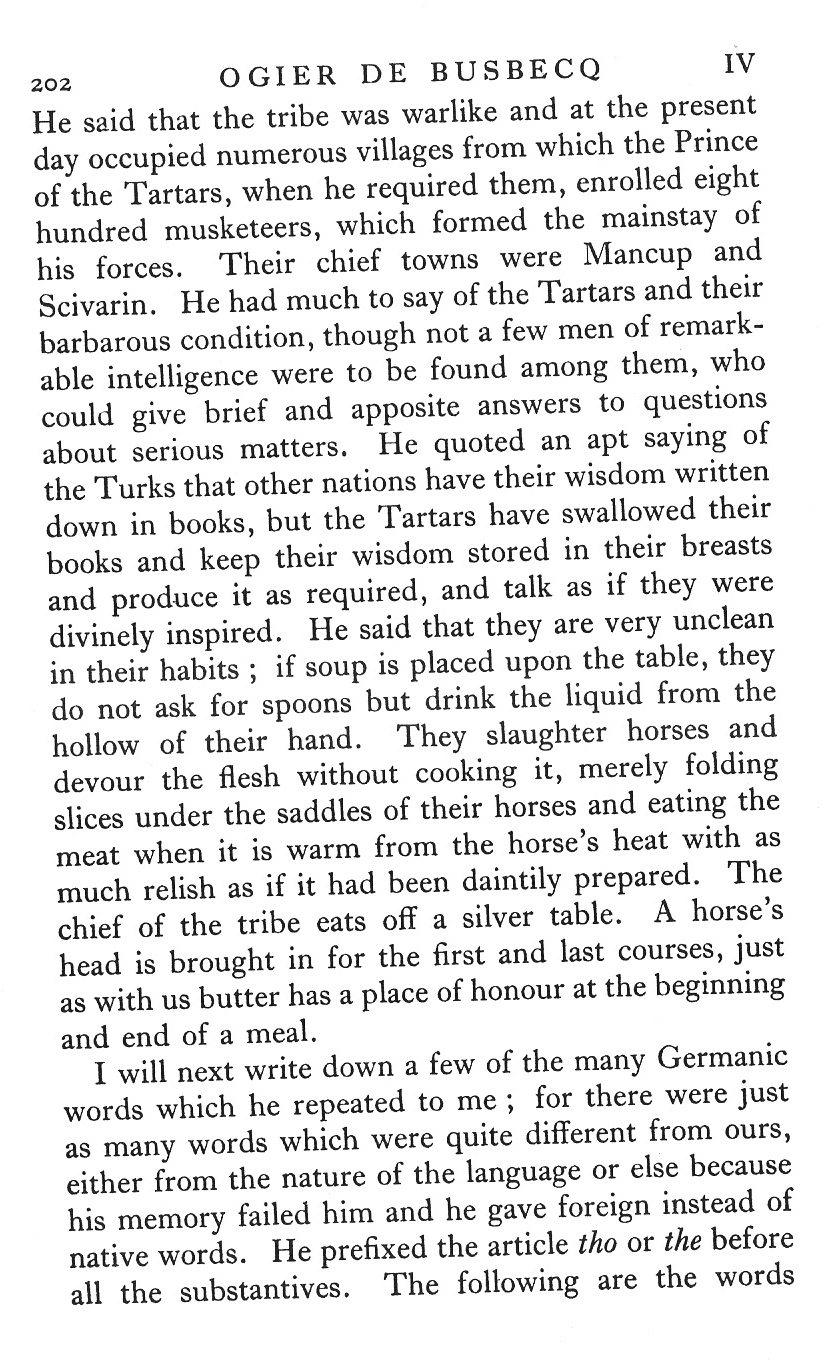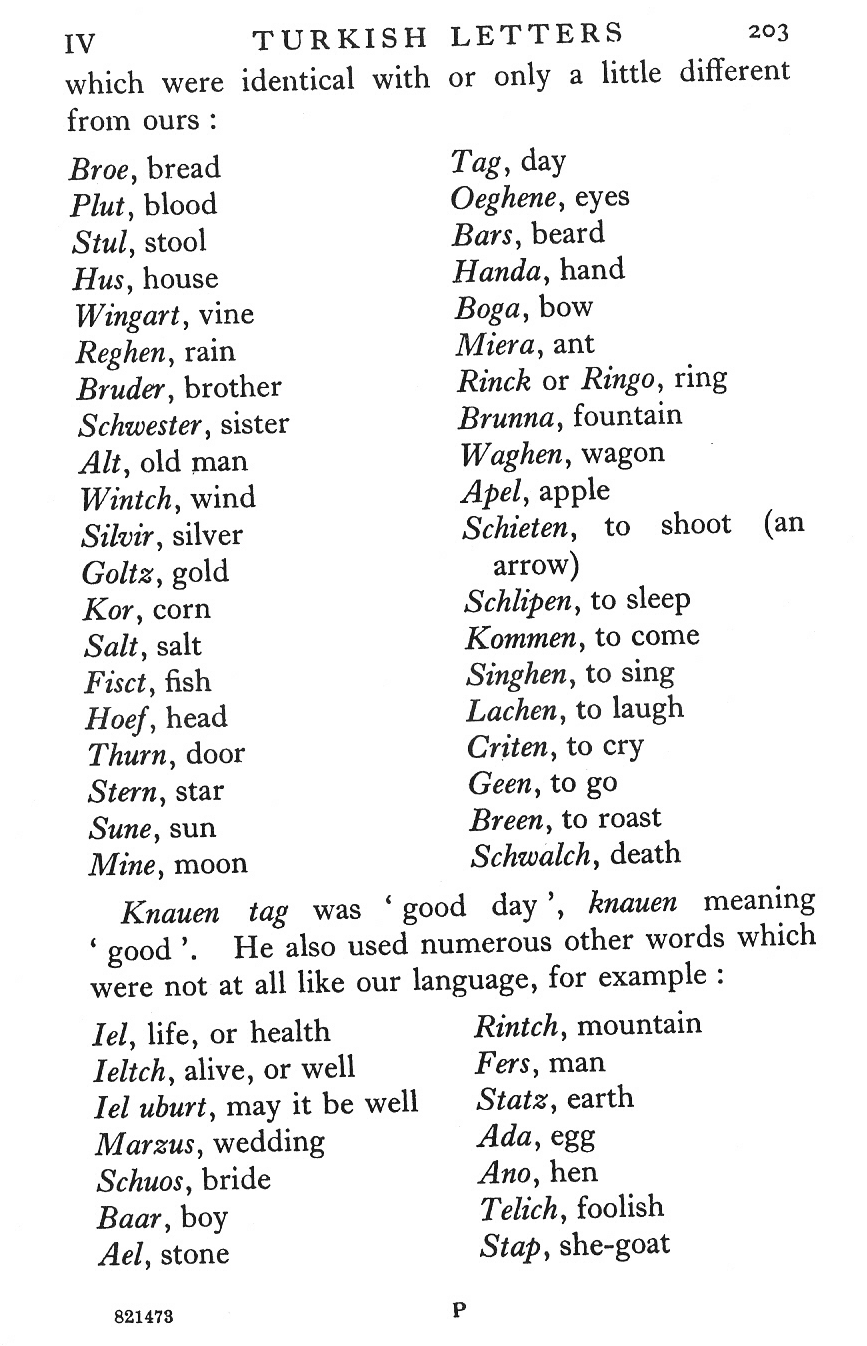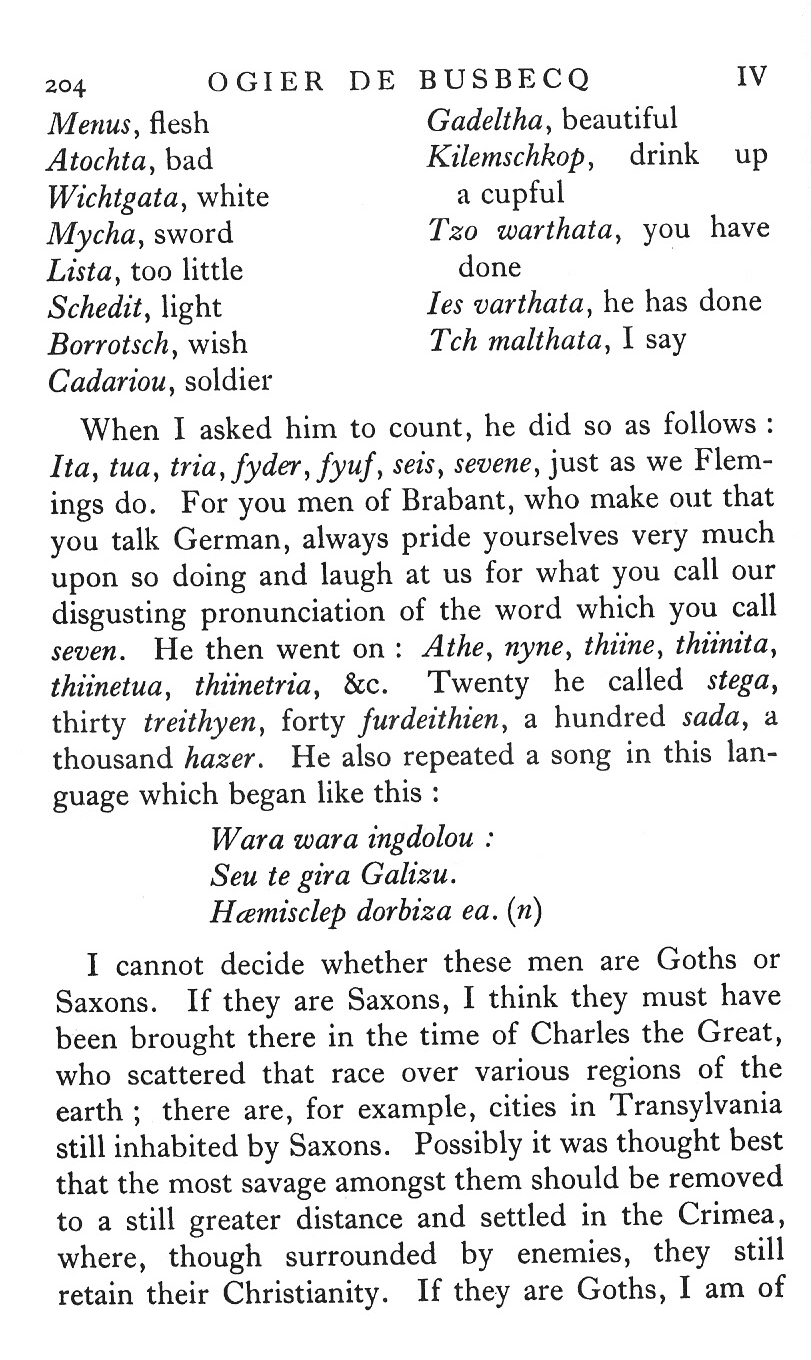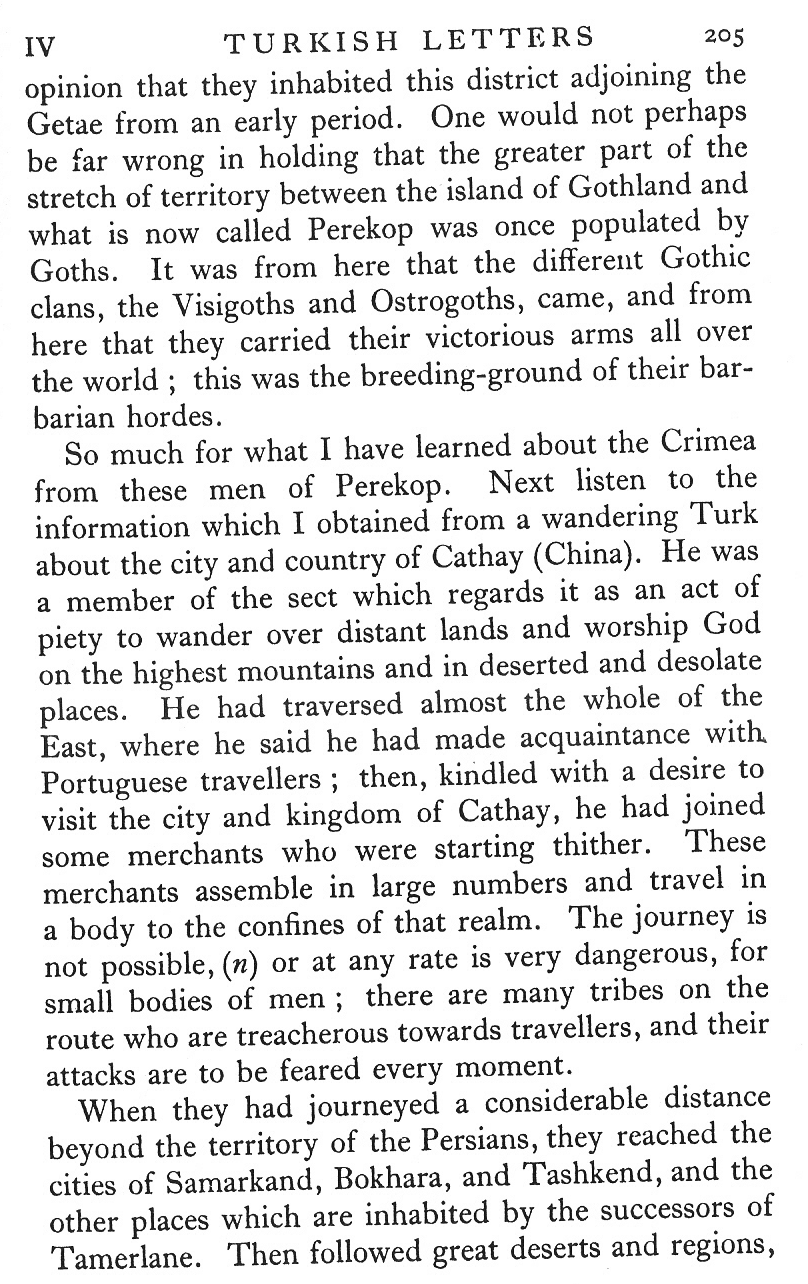mtDNA of Europeans, Turks, and Turkic Central Asians
This is relevant, considering mutation rates (quoted in article at link):
http://www.cs.unc.edu/~plaisted/ce/mitochondria.html
_________________
"You have a responsibility to consider all sides of a problem and a responsibility to make a judgment and a responsibility to care for all involved." --Ian Danskin
The Mergen study in the OP stated that the Turkic Central Asian populations have more diversity within each population than the Turkish, and the Turkish have more than the Europeans.
The low level of nucleotide diversity in Europeans has received commentary before and since the Mergen study. The Mergen study simply replicates that result, and I'm sure it has been replicated since.
The difference with the British is interesting. I just had an e-mail contact about this with historian Kyun Jin Kim, who authored The Huns, Rome, and the Birth of Europe (2013), and he thinks that this divergence of the mtDNA of the British from that of the Turkic populations predates the Huns. It looks like cyberdad may be right. I wonder, too, if the difference represents seafarers, as travelling by sea was long preferred in history due to travel on the sea being faster than that on land. The seafarers could have come from West Asia or the Pontic steppe and sailed around the European continent and reached the British Isles thousands of years ago, largely bypassing mainland Europe.
Had a feeling that this obsession has something to with your other obsession about Atilla the Hun. Lol!
That straightens out the ambiguous why you talked about nucleotides. Now it makes more sense.
So diversity goes down as you go westward- most diversity in central asia, less in Turkey, less still in europe. Thats what you would expect if an ancestrial human population originated in central asia, and gradually moved westward to populate points west, and finnally populated Europe. This might even be a legacy of the original peopling of Europe by Anatomical modern people during the Paleolithic. Anatomical moderns (thats you and me as opposed to archaic humans like Neanderthals and Denisovians) came out of Africa. But we timidly hugged the tropical shores of the Indian Ocean and allowed the archiacs to keep the upper latitudes of Eurasia. Late in the game AM folks seemed to have moved into Central Asia, and then to have moved from there to fan out to both east and west, the westward migrates were the ones to drive the Neanderthals to extinction by moving into Europe circa 35 thousand years ago.
Or.. that gradual drop in nucleotide diversity could be a legacy of some later but still ancient migration (maybe of the Indoeuropean speakers in europe).
Your notion about sea travel doesnt really explain anything.
Why would Turkic peoples in the middle of the Eurasian Steppe (farther from the sea than other region on earth) even have boats or skills of seamanship?
and if they did take to the water why would they make a beeline for an island like Britain which they could not have even known existed? And why would they sail the length of the mediterranean for 2000 miles, and then make a right turn and sail 800 miles north from gilbralter to Britain, and NEVER make landfall anywhere else along that 2800 mile journey?
Sea or land travel, either way its equally mysterious as to why Brits would have a kinship to central asian people that the folks in the 3000 mile long landmass in between those two places dont have.
naturalplastic,
The Turkic Central Asians do have significant Indo-Iranian ancestry, with the Scythians who were originally there having been an Indo-Iranian people before the Turkic expansion. It's possible that those related to the Indo-Iranians are the ones whose ancestors settled Britain, arriving there by boat. In that case, why wouldn't the Greeks also be close to the Turkic populations?
_________________
"You have a responsibility to consider all sides of a problem and a responsibility to make a judgment and a responsibility to care for all involved." --Ian Danskin
The Turkic Central Asians do have significant Indo-Iranian ancestry, with the Scythians who were originally there having been an Indo-Iranian people before the Turkic expansion. It's possible that those related to the Indo-Iranians are the ones whose ancestors settled Britain, arriving there by boat. In that case, why wouldn't the Greeks also be close to the Turkic populations?
That sounds right about the Indo Iranian ancestry of Turks (the Turks inherited their genes from Indo iranian ancestors, but their language from unrelated other Asian ancestors related to the Mongols apparently).
But so what?
How does that change anything?
Maybe we are having a breakdown in communication here.
This is what I think we are talking about: the mystery of why folks in region A (central Asia) are related to people in region C (Britain), but not related to people in region B (the whole shank of europe in between Britain and central asia.
Obviously a land migration westward from A to C would have to go through region B. So a land migration would result in populations of all three regions being related. But the folks in B are not.
So therein lies the rub.
I think that what you are suggesting is that water transport is an alternative: that proto Turks from central Asia could have leap froged over the whole length of europe by boat and ended up in Britain. And that this happened sometime in the Neolithic, or the early Bronze Age.
There are many obvious problems with that idea.
But the main one is that folks that far back were not accomplished long distance mariners. Any neolithic, or even early bronze age, sailors would have hugged the shorelines. Would have made repeated landfalls along the way, and that would have resulted in some of their population settling at these landfalls. And you would have the exact same problem that land migration has: the migrants would have had to have populated the whole length of region B on their way to region C from their starting point in region A. So boating would not solve the mystery. Its just another way of creating the same problem.
naturalplastic,
This may be of interest:
https://dna-explained.com/2015/08/04/af ... ish-isles/
The African Kung San branch off from around where the Central Asians, as shown in the post below:
http://www.ncbi.nlm.nih.gov/pmc/article ... 837835.pdf
Which produced this neighbor-joining tree doing the same type of comparison as in the OP, with the HVS-I of the mtDNA, but with more Asian groups, and British as the only European group (there are bootstraps, whatever those are):

(Note that Kir-Talas and Kir-Sarytash are Kyrgyz populations. About the arrow, "The arrow points to the segment from which an African outgroup (!Kung San) would branch.")
It seems to show that Turks are closer to Europeans than to Central Asians, but as the OP study and the image posted in the OP show, it's the British they're closer to, and not necessarily other Europeans. Also, the OP study says it uses a larger, more diverse sample of Turks than the 1998 study.
I'm guessing the other Europeans in the 1998 study would go well off to the right and above if they were included in the image of the 1998 study.
EDIT: The chart above shows that Turkic Central Asians' mtDNA is closely related to that of Mongolians and Havyaka Brahmins of India (Havik), the latter being closer to the British and Turks (of Anatolia or Turkey):
https://en.wikipedia.org/wiki/Karnataka
_________________
"You have a responsibility to consider all sides of a problem and a responsibility to make a judgment and a responsibility to care for all involved." --Ian Danskin
One of the misleading aspects of genetic distance is the apparent connotations of cultural/ethnic affiliations which actually have nothing to do with genetics. What this information is useful for is mapping human population movements.
The irony is that educated people in Europe accept that human evolution is very recent and Europe was only populated in the last 5000 years by technologically advanced Indo-European speakers entering from central Asia bringing with them the horse, wheel, agriculture etc...it's only a few thousand years ago that our ancestors left Africa. Unfortunately newly emerging developed societies in the middle east and Asia are wanting to emulate us westerners and object to the idea that they could be in any way related Africans. Currently East Asian universities spend millions of dollars on research to show they are connected to Caucasians and that Asia is the birthplace of mankind. Arabs of course believe Allah made their people from Adam.
One of the misleading aspects of genetic distance is the apparent connotations of cultural/ethnic affiliations which actually have nothing to do with genetics. What this information is useful for is mapping human population movements.
The irony is that educated people in Europe accept that human evolution is very recent and Europe was only populated in the last 5000 years by technologically advanced Indo-European speakers entering from central Asia bringing with them the horse, wheel, agriculture etc...it's only a few thousand years ago that our ancestors left Africa. Unfortunately newly emerging developed societies in the middle east and Asia are wanting to emulate us westerners and object to the idea that they could be in any way related Africans. Currently East Asian universities spend millions of dollars on research to show they are connected to Caucasians and that Asia is the birthplace of mankind. Arabs of course believe Allah made their people from Adam.
I think our ancestors left Africa much earlier than that. This puts it at 75,000 or more years ago:
https://en.wikipedia.org/wiki/Early_hum ... rom_Africa
For Europe, it's at least 10,000, and probably 20,000 or more, for anatomically-modern humans (as opposed to Neanderthals, who went extinct about 25,000 years ago):
https://en.wikipedia.org/wiki/Early_hum ... ons#Europe
_________________
"You have a responsibility to consider all sides of a problem and a responsibility to make a judgment and a responsibility to care for all involved." --Ian Danskin
https://en.wikipedia.org/wiki/Early_hum ... rom_Africa
For Europe, it's at least 10,000, and probably 20,000 or more, for anatomically-modern humans (as opposed to Neanderthals, who went extinct about 25,000 years ago):
https://en.wikipedia.org/wiki/Early_hum ... ons#Europe
Yes that's what I mean't - the estimate is that three population movements out of Africa
75,000 - populated equatorial parts of the planet and Australia
65,000 - populated Asia and America
50-60,000 - populated Europe and middle east
Indo-European speakers migrated from central Asia spilling into Persia, Greece and Europe at exactly the same time around 5000 years ago. The Indo-European languages and their associated advanced technology have nothing to do with races of people in Europe as the latter were likely present for at least 50 thousand years prior to the arrival of Indo-Europeans. In addition much of what became the basis of architecture, medicine and science in Europe has it's origins in the non-European people of Egypt, Sumeria and Elam
Anatomical moderns left Africa, but hugged the shores of the Indian Ocean, but got as far as Indonesia, New Guinea, and even Australia, by 60K.
They allowed the temperate zone Eurasia to remain the domain of the archaics (Neanderthals, Denisovians).
Then a brave group seems to have ventured north into Central Asia, and then from there east and west (east to china, west to europe).
They entered the Ukraine around 37, and reached France by 35K, and by 30k had driven the Neanderthals of Europe to extinction, and owned all of Europe.
Meanwhile the eastern group that left central asia becme the modern east asians, and then crossed the Bering straits to become the American Indians atleast by 11K (but maybe as early as 30k). The Archaic humans were all gone now.
Agriculture came to europe much later.
Farmers spread from anatolia into europe, but there is running debate about whether these farmers were the Indoeuropean speakers, or whether the Indo European speaker were a later group of migrants from the East into Europe who were nomadic warlords who conquered the earlier agriculturalists. The later is the current majority opinion of scholars, but it goes back and forth.
From Wikipedia on the social structure of the Saxons, which appeared to be very unusual, for Europe at least:
In the mid-9th century, Nithard first described the social structure of the Saxons beneath their leaders. The caste structure was rigid; in the Saxon language the three castes, excluding slaves, were called the edhilingui (related to the term aetheling), frilingi and lazzi. These terms were subsequently Latinised as nobiles or nobiliores; ingenui, ingenuiles or liberi; and liberti, liti or serviles.[37] According to very early traditions that are presumed to contain a good deal of historical truth, the edhilingui were the descendants of the Saxons who led the tribe out of Holstein and during the migrations of the 6th century.[37] They were a conquering warrior elite. The frilingi represented the descendants of the amicii, auxiliarii and manumissi of that caste. The lazzi represented the descendants of the original inhabitants of the conquered territories, who were forced to make oaths of submission and pay tribute to the edhilingui.
The Lex Saxonum regulated the Saxons' unusual society. Intermarriage between the castes was forbidden by the Lex, and wergilds were set based upon caste membership. The edhilingui were worth 1,440 solidi, or about 700 head of cattle, the highest wergild on the continent; the price of a bride was also very high. This was six times as much as that of the frilingi and eight times as much as the lazzi. The gulf between noble and ignoble was very large, but the difference between a freeman and an indentured labourer was small.[38]
https://en.wikipedia.org/wiki/Saxons#Social_structure
This is from De Busbecq's description, who described a people in Europe whom he could not tell if they were Saxons or Goths, and associated them with the Tatars:




https://bilgiveguc.blogspot.com/2015/11 ... uages.html
(This website is unusual, and I don't necessarily agree with it. Still, its source appears valid.)
As you know, a whole bunch of Saxons went over to England who we now know as Anglo-Saxons.
The Saxons' culture seems to have had strong Parthian (the satraps) and Indian (caste system) aspects. Of course, cultural transmission is not always related to genetic transmission, but these particularities make one wonder about where the Saxons came from, especially when considering the mtDNA of the British compared to other Europeans.
_________________
"You have a responsibility to consider all sides of a problem and a responsibility to make a judgment and a responsibility to care for all involved." --Ian Danskin
^Dont see how thats newsworthy, nor what that has to do with Turks.
The Saxons and Angles were offshoots of the Germanic peoples. The Germanic people were an offshoot of the ProtoIndoeuropeans. Other offshoots of the Indoeuropeans were the Balts, the Slavs, the Celts, the Italic tribes (including the early Romans), the Greeks, Hittites, Armenians, and IndoIranians.
The barbarian tribes of Germany, Scandanavia, and Pagan Anglo Saxon England, not only had similiar languages but had more or less the same pantheon of Pagan gods. The gods of Valhalla.
But all of the offshoot groups from the Indoeuropeans had curious similiarities in cultural concepts as well as language.
The gods of Valhalla, have similarities to the Greco Roman gods, and to the Baltic, Celtic , and to the Hittite Gods. The Chief Hittite God was a guy who lived on a mountaintop,and who threw thunderbolts around. The Hindu gods were also a similiar cast of characters to the European, and Anatolian, pagan pantheons.
The chief Hindu deity lived in a palace atop a million foot tall mythical mountain somewhere north of the Himalayas (similar to Zeus and his digs on Mt. Olympus). The chief Hindu deity was Indra, but there was an earlier more archaic belief in India in another chief god named "Dyaus Pitar"(father sky god) whose name is quite similar to the Greek "Zeus pater" whose name got further shortened by the Romans to "Jupiter".
Words for "king" were similiar: Raj in India, Rex in Latin, Roy in French. Raj is also kinda like "Shah".
you're just reiterating what everyone already knows about how similar cultural ideas seemed to have followed language as language spread as the ancient Indoeuropeans spread across Eurasia.
A "rhetorical question" is a question to which the answer is "hell no!".
Are you going to take this lying down?
Is anyone here in this audience so damned dumb as to think that my opponent's policies can go on and on???
Like that.
Strictly speaking "Where do the Saxons come from?" would not be a rhetorical question. Dont know what kinda question you mean it to be, nor where you're going with this.
Well, I'm trying to see if I can replicate the OP study, but I need to be able to convert a file from compressed VCF format to FASTA format. The only program that can do that is VCFTools, but this program only runs on POSIX systems, so no Windows. I tried Cygwin, but it still can't do anything. I've tried doing a virtual machine and Ubuntu, but it says I only have a i686, not a x86-64 that it requires (whatever that means).
Basically, I am unable to perform this experiment. I simply don't have the tools necessary and despite searching, I have still been unable to obtain them. Unless someone else takes the time to do the research, this thread is effectively done.
_________________
"You have a responsibility to consider all sides of a problem and a responsibility to make a judgment and a responsibility to care for all involved." --Ian Danskin
Actually.. I have just become a convert to your type of logic!
But I have come to the conclusion that the Anglo Saxons were NOT Turks at all.
My theory is that the Anglo Saxons were actually Black Africans.
The conclusion is inescapable.
Consider this:
Who were the great stylists on the saxophone?
Lester Young, Coleman Hawkins, Ben Webster, Eddie Harris, and Grover Washington Jr.. Clarence Carter too.
All of those artists were 20th Century, and all were African American.
But when was the saxophone invented?
The answer is around 1801. A century before any of the above artists. It was invented by a European for European symphonic music, but the instrument never caught on until the 20th Century when Black Americans invented jazz, blues, and rocknroll.
But here is the kicker: who invented the saxophone?
It was a German guy named Adolf Saxe.
Why would a German be named "Saxe"? Most likely because his ancestors were Saxon warriors of the Dark Ages.
So Black music is actually the music of the ancient Anglo Saxons .
So that proves that the Anglo Saxons actually came from Black Africa.
Makes about as much sense as this Attila the Hun theory of yours.
Lol!
[just messin' with you]
I have follow-up! Thanks to help from a Philipp Bayer of biostars.org I was able to find a similar study that compares mtDNA. It's in German, however:
https://www.researchgate.net/profile/Gu ... 285b9f.pdf
Nevertheless, I can make out enough that it looks at HVS-I sequences, the same as the OP study. It covers all the populations in the OP study and more, and it is much larger, so it is an ideal candidate to check for replication. You can see the genetic distance matrix on pp. 404-405 (some of the nationality names may need translating, however) as well as multiple charts pp. 197-205 that all seem to pull from the same data, showing plotting of those nationalities, using the HVS-I data.
Needless to say, the results are much less remarkable here than before, with the English, Scottish, and Irish clustering with the other Europeans away from the Central Asians, and the Turks are closer to the Europeans than they are to the Central Asians.
As ever, replication is important, and I am glad to be able to find one showing that the OP study could not be replicated in that regard.
Of course, this is the opinion of a layperson, but I think my conclusion that the OP study could not be replicated is correct.
Congrats cyberdad and naturalplastic, your suspicions of the OP study being a spurious result and calling for further replication have borne out. ![]()
_________________
"You have a responsibility to consider all sides of a problem and a responsibility to make a judgment and a responsibility to care for all involved." --Ian Danskin






